Author: Steve Thanos
Dark beer styles typically achieve their color through the use of roasted grains such as Chocolate Malt and Roasted Barley, which are known to contribute characteristics ranging from nutty to ashy. However, for certain dark styles, like Schwarzbier, the roasted character is expected to be more subtle, and one ingredient brewers can use to achieve this while ensuring proper color is Weyermann’s Carafa line of roasted malts.
Roasted to around 310 °Lovibond, Carafa II is said to have aromas of espresso and chocolate while contributing a rather mild roast character to beer. Given the similarity in names, Carafa II is often mistaken for Carafa Special II, which is the same malt that has had a good portion of the husk material removed, ostensibly contributing even less roasted bitterness. It’s this debittered version of Carafa that Weyermann uses to create Sinamar, a natural beer coloring that abides by the Reinheitsgebot and imparts a dark color with minimal roasted flavors to beer.
I’m a big fan of Schwarzbier, though fresh commercial examples are difficult to come by in my area, so I finally decided to brew a batch myself. When considering the recipe, I recalled conversations with friends about using Sinamar in place of roasted grains in order to get color with little impact on other perceptible characteristics. Rather than pick just one, I decided to compare a beer made with this liquid coloring agent to one made with Carafa II malt.
| PURPOSE |
To evaluate the differences between a Schwarzbier made with Sinamar and one made with Carafa II.
| METHODS |
Being my first time brewing a Schwarzbier, I designed a recipe that was loosely inspired by others published on this site.
In The Spirit Of Stammtisch
Recipe Details
| Batch Size | Boil Time | IBU | SRM | Est. OG | Est. FG | ABV |
|---|---|---|---|---|---|---|
| 5.5 gal | 60 min | 33.5 | 24.3 SRM | 1.052 | 1.009 | 5.64 % |
| Actuals | 1.052 | 1.009 | 5.64 % | |||
Fermentables
| Name | Amount | % |
|---|---|---|
| Pilsner | 8 lbs | 82.05 |
| Munich | 1 lbs | 10.26 |
| Carafa II OR Sinamar (4 oz/113 g) | 12 oz | 7.69 |
Hops
| Name | Amount | Time | Use | Form | Alpha % |
|---|---|---|---|---|---|
| Magnum | 20 g | 60 min | Boil | Pellet | 12 |
| Tettnang | 14 g | 15 min | Boil | Pellet | 4.5 |
| Tettnang | 20 g | 2 min | Boil | Pellet | 4.5 |
Yeast
| Name | Lab | Attenuation | Temperature |
|---|---|---|---|
| Global (L13) | Imperial Yeast | 77% | 32°F - 32°F |
Notes
| Water Profile: Ca 55 | Mg 12 | Na 9 | SO4 48 | Cl 35 |
Download
| Download this recipe's BeerXML file |
After collecting 2 sets of water and lighting the flame to get them heating up, I weighed out and milled the grains, leaving out the small amount of Carafa II in the batch that would later be dosed with Sinamar.
Once the water for each batch was adequately heated, I incorporated the grains then checked to make sure both were at the same target mash temperature.
While the mashes were resting, I prepared the kettle hop additions.
Once each 60 minute mash was complete, I removed the grains then boiled the worts for 60 minutes, adding the Sinamar to one batch as soon as the heat was cut.
I then proceeded to chill the worts with my JaDeD Brewing Hydra IC.
Refractometer readings showed both worts achieved the same target OG
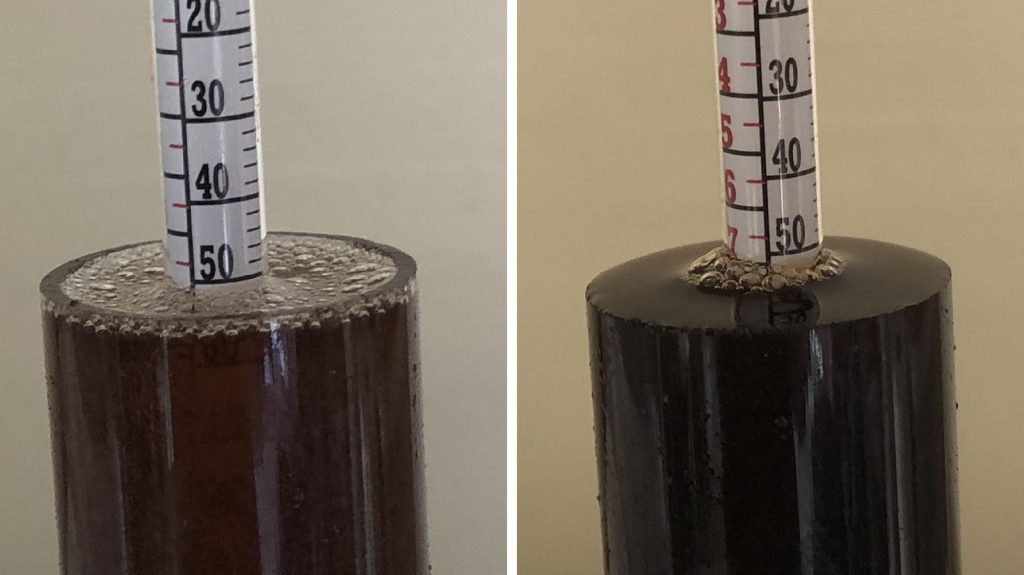
I racked equal volumes of wort from each batch to identical fermenters then placed them in my chamber controlled to 50°F/10°C. When the wort temperatures were stable a few hours later, I pitched a pouch of Imperial Yeast L13 Global into each.
The beer was left to ferment for 4 weeks before I took hydrometer measurements indicating a very minor difference in FG.
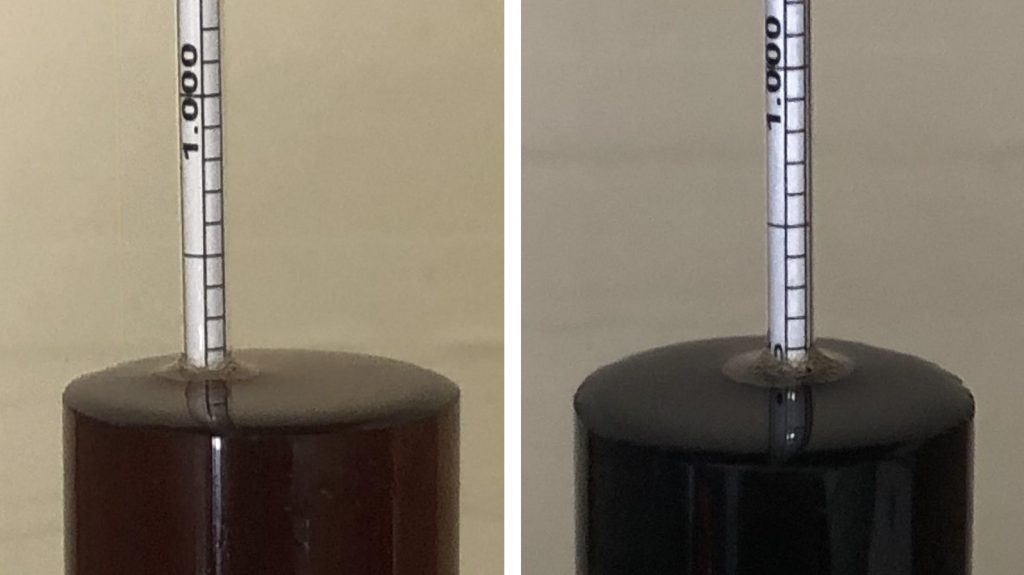
At this point, I transferred the beers into CO2 purged kegs and placed them in my keezer where they were left to lager for 6 weeks before they were ready to serve.
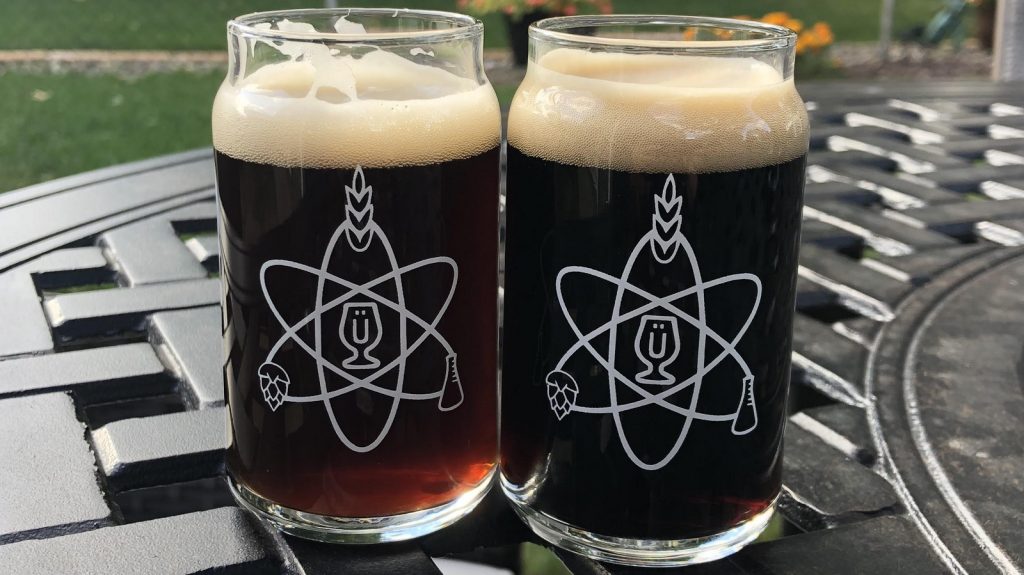
| RESULTS |
A total of 42 people of varying levels of experience participated in this xBmt. Each participant was served 2 samples of the beer made with Sinamar and 1 sample of the beer made with Carafa II in different colored opaque cups then asked to identify the unique sample. In order to reach statistical significance, 20 tasters (p<0.05) would have had to accurately identify the unique sample, which is precisely the number that did (p=0.038), indicating participants in this xBmt were able to reliably distinguish a Schwarzbier made with Sinamar from one made with Carafa II.
The 20 participants who made the accurate selection on the triangle test were instructed to complete a brief preference survey comparing only the beers that were different. A total of 10 tasters reported preferring the beer made with Sinamar, 8 said they liked the beer made with Carafa II more, and 2 had no preference despite noticing a difference.
My Impressions: Out of the 5 semi-blind triangle tests I attempted, I correctly identified the odd-beer-out every time. While the beers shared many similarities, I perceived the one made with Carafa II as having slightly more roast character than the one made with Sinamar, which had essentially no roast. While I thought both were delicious examples of Schwarzbier, I had a slight preference for the one made with Carafa II.
| DISCUSSION |
The color of a beer gives the drinker some indication of how it’s going to taste, and when it comes to darker styles, the expectation is that it will possess some level of roast character. However, Schwarzbier is a style that, while inky black, possesses a subtle roast character, which it often gets through the use of milder roasted grains like Carafa II. For brewers seeking color with even less impact on flavor, there’s Sinamar, which is naturally produced from dehusked Carafa. The fact tasters in this xBmt were able to reliably distinguish a Schwarzbier made with Sinamar from one made with Carafa II suggests the different ingredients may impart unique characteristics.
On obvious potential explanation for these results has to do with my use of Carafa II, which possesses grain husks, rather than Carafa Special II, which is the dehusked version that’s used to produce Sinamar. Then again, tasters in a recent xBmt were unable to tell apart beers made with either Carafa II or Carafa Special II, so it’s possible some other factor was at play.
While I thoroughly enjoyed both of these Schwarzbiers, the slight roast character I perceived in the version made with Carafa II was more in line with what I’ve experience when drinking commercial Schwarzbier, and I tended to prefer it over the one made with Sinamar. I look forward to exBEERimenting with this unique ingredient more in the future, but as for now, I’ll be sticking with grains when making future batches of Schwarzbier.
If you have any thoughts about this xBmt, please do not hesitate to share in the comments section below!
Support Brülosophy In Style!
All designs are available in various colors and sizes on Amazon!
Follow Brülosophy on:
FACEBOOK | TWITTER | INSTAGRAM
If you enjoy this stuff and feel compelled to support Brulosophy.com, please check out the Support page for details on how you can very easily do so. Thanks!


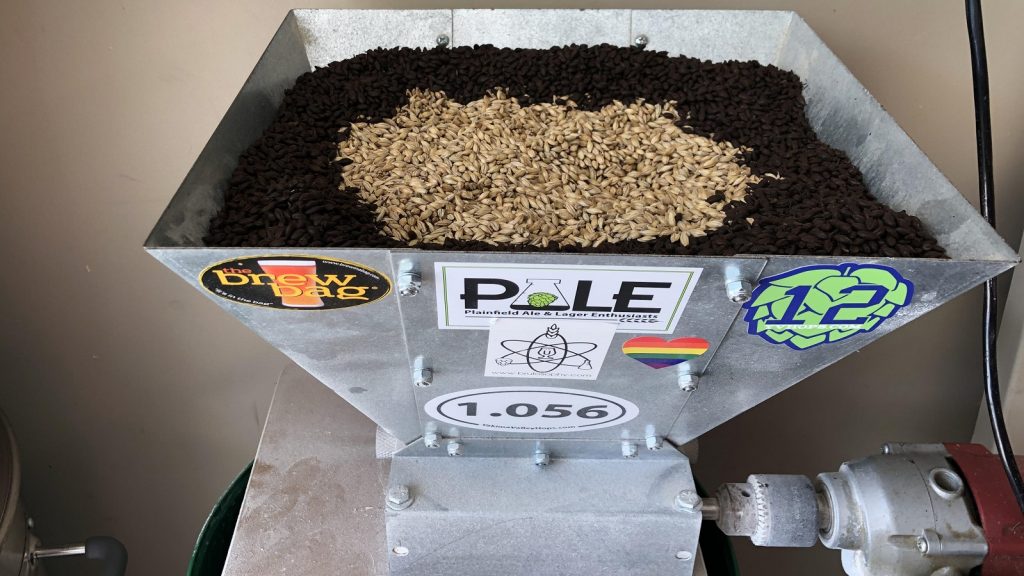
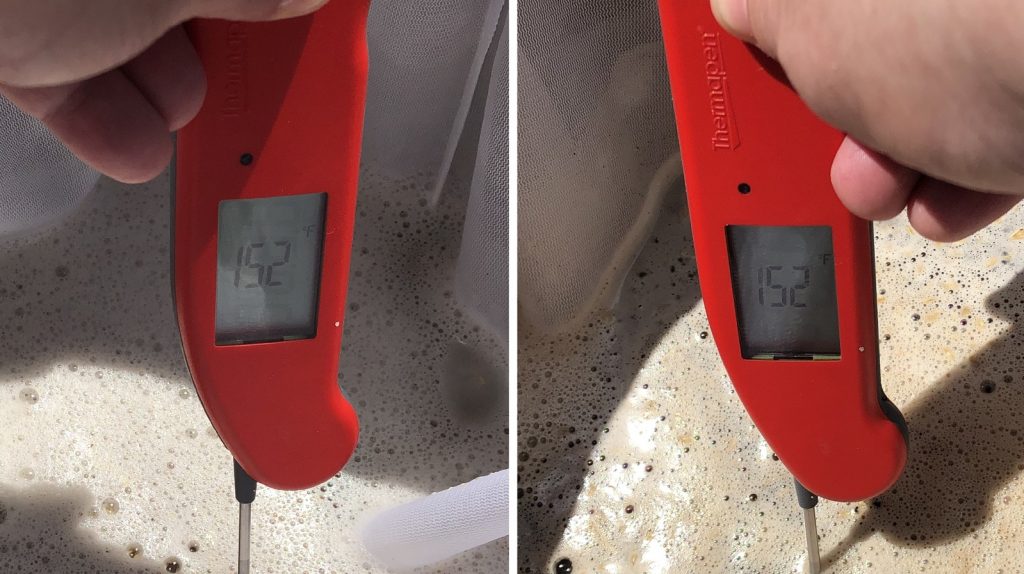
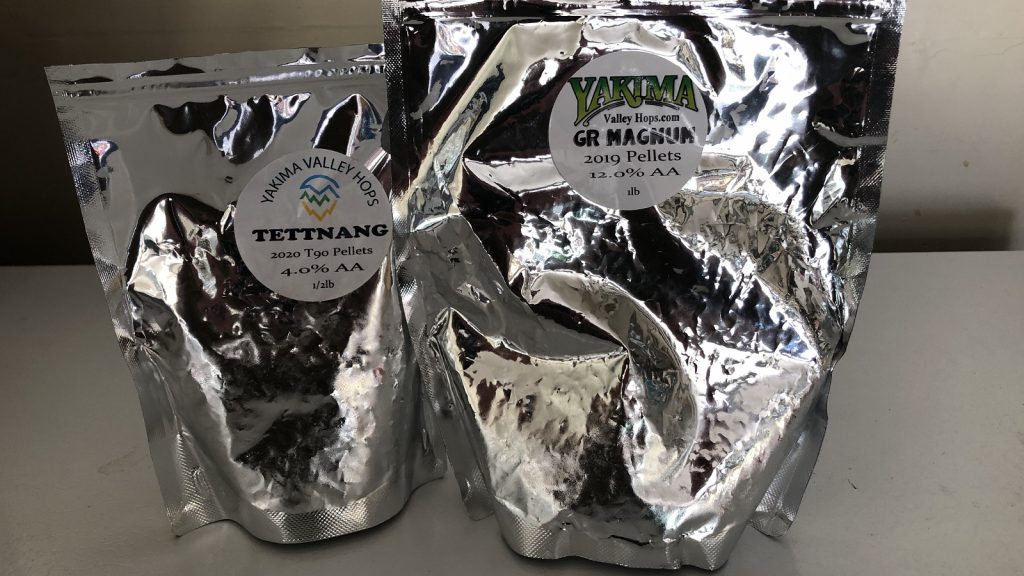
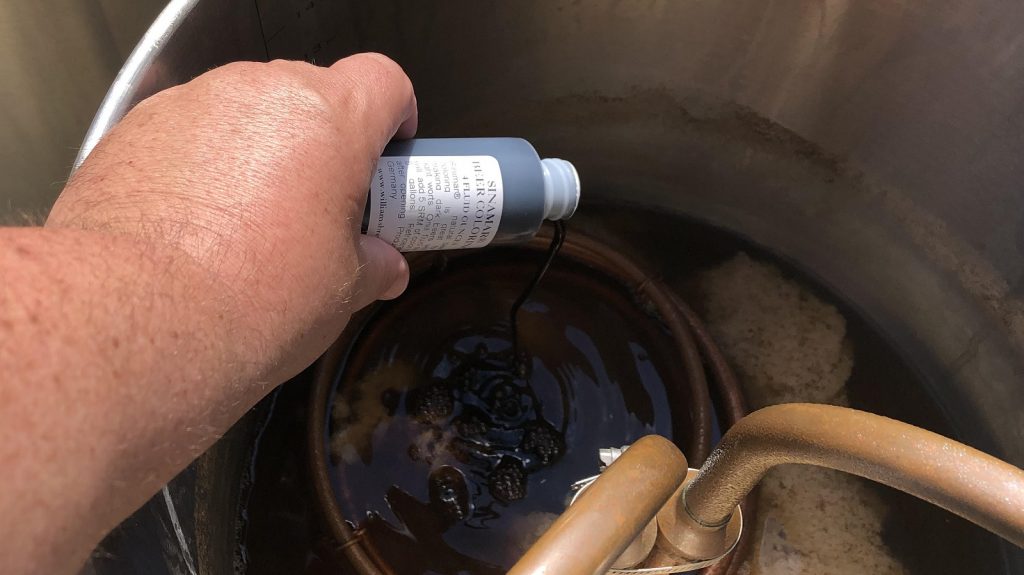
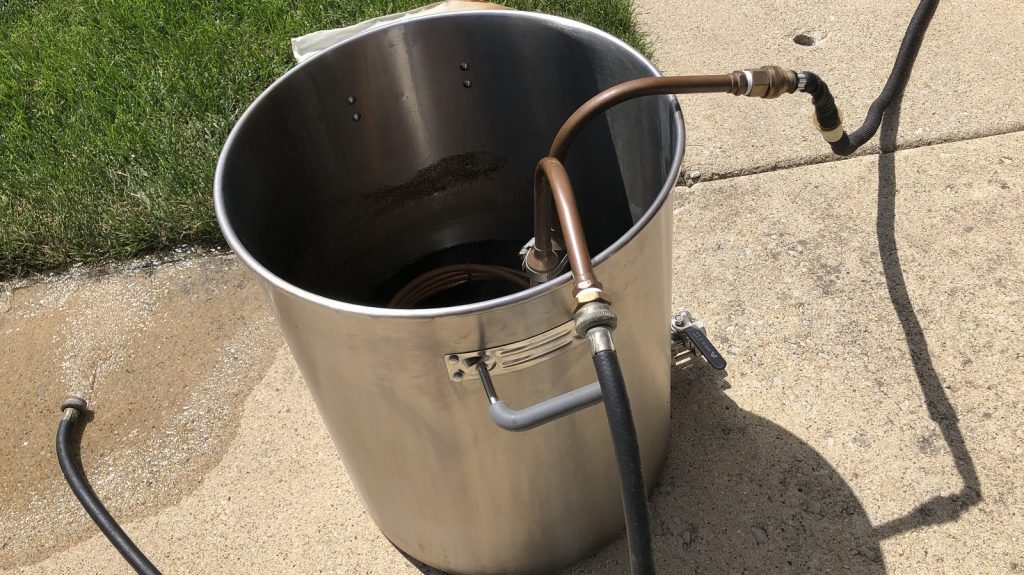
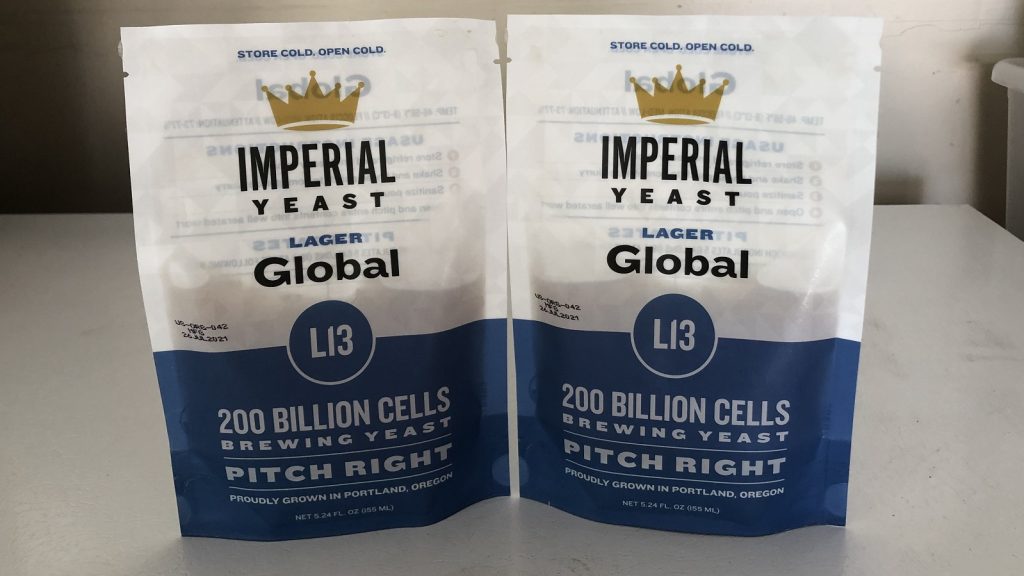











3 thoughts on “exBEERiment | Sinamar vs. Carafa II In A Schwarzbier”
Years ago I had some brewers caramel which is likely similar to sinimar, I got a glass of water and added enough brewers caramel to turn the water black but it still tasted just of water. Be interesting whether it is the same with sinimar?
It would have been interesting to have saved a sample before adding the Sinamar, then added the Sinamar, then pulled off a second sample, and then trying an informal taste test of A vs B just to see if there was an obvious difference.
I’m not surprised at the test results, but I had expected them to be more pronounced, and I’m curious if that’s due to the carafa adding less than I expected or the Sinamar adding more.
I wonder if Sinamar would be good to use in a black ipa then.